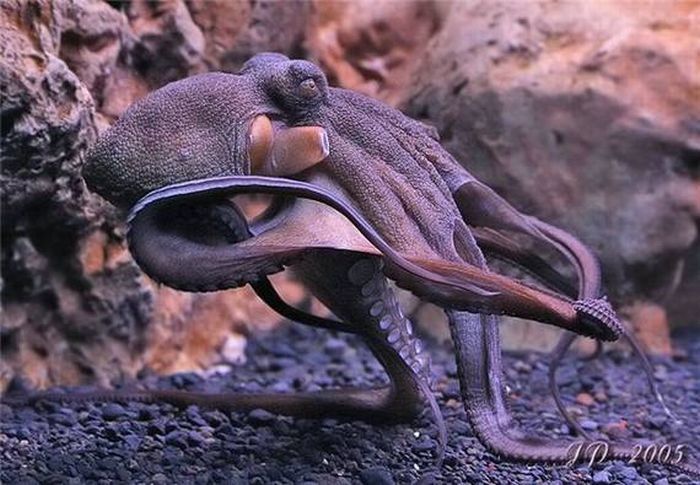|
|
Masters Of Camouflage
|
In nature, there is a strong evolutionary pressure for animals to blend into their environment or conceal their shape; for prey animals to avoid predators and for predators to be able to sneak up on prey. Natural camouflage is one method that animals use to meet these. There are a number of methods of doing so. One is for the animal to blend in with its surroundings, while another is for the animal to disguise itself as something uninteresting or something dangerous.
There is a permanent co-evolution of the sensory abilities of animals for whom it is beneficial to be able to detect the camouflaged animal, and the cryptic characteristics of the concealing species. Different aspects of crypsis and sensory abilities may be more or less proclaimed in given predator-prey pairs of species.
Some cryptic animals also simulate natural movement, e.g., of a leaf in the wind. This is called procryptic behaviour or habit. Other animals attach or attract natural materials to their body for concealment. A few animals have chromatic response, changing color in changing environments, either seasonally (ermine, snowshoe hare) or far more rapidly with chromatophores in their integument (the cephalopod family). Some animals, notably in aquatic environments, also take steps to camouflage the odours they create that may attract predators. Some herd animals adopt a similar pattern to make it difficult to distinguish a single animal. Examples include stripes on zebras and the reflective scales on fish.
|
|









